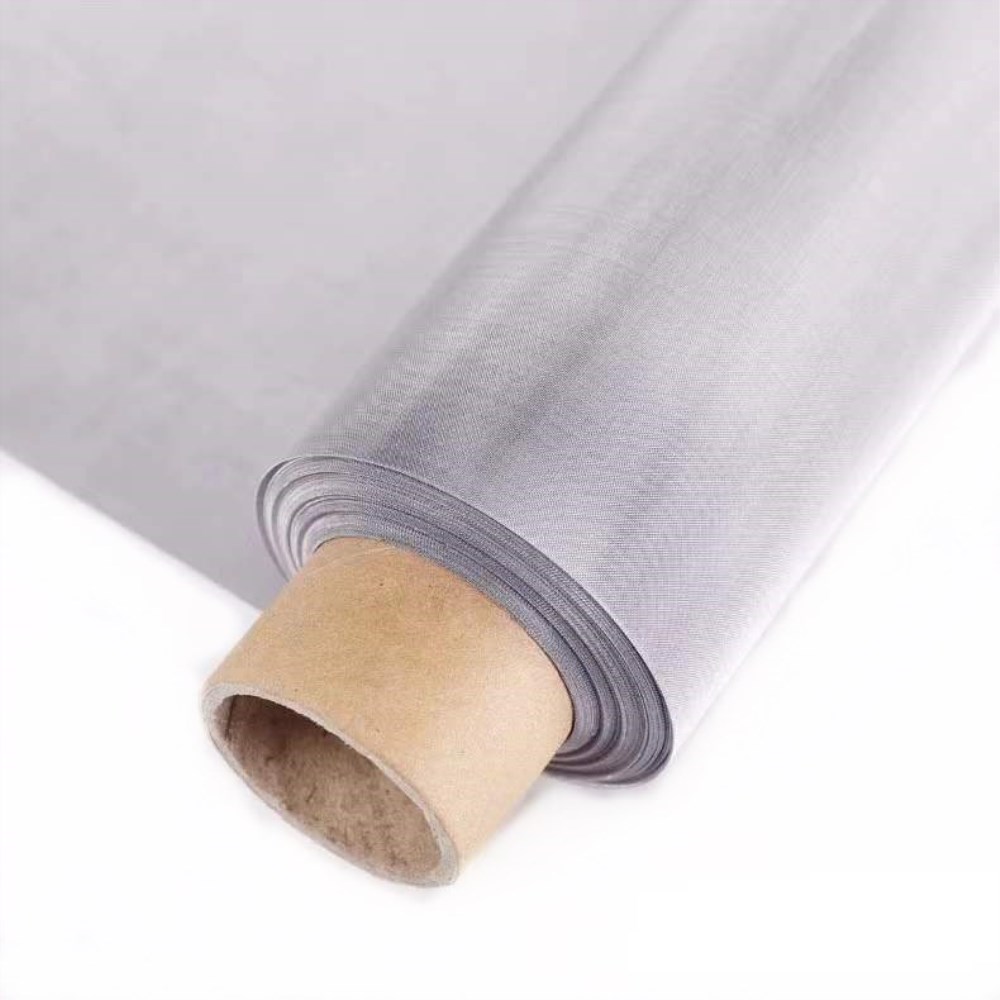Currently, Saudi Arabia, UAE, Qatar, Bahrain, and Kuwait use only unleaded gasoline. Because refineries in these countries require high-octane additives in the absence of lead, MTBE is playing a major role in the lead-free process of gasoline in these countries. Since unleaded gasoline can also be used in Egypt, Jordan, Lebanon and Tunisia, consumption of MTBE in Arab countries is increasing. And with the elimination of lead in gasoline and the increase in gasoline demand in these countries, MTBE consumption may increase further in the future.
For those Middle Eastern producers who have invested heavily in large-scale MTBE production equipment and products are now facing the European and American markets, they are more concerned about whether the US MTBE manufacturers continue to produce MTBE for export, and the US phase-out MTBE program will give MTBE prices And what the impact of demand forecasting is.
Saadallah al-Fathi believes that although the U.S. manufacturers' MTBE devices will continue to be produced for export, they will soon be converted to produce additives such as ETBE, isooctane or alkylate that meet the needs of the US gasoline market.
In order to make up for the loss of the MTBE market in the United States, MTBE producers in the Middle East plan to adopt the following measures: expand the markets in the Arab countries; establish clean fuel associations to promote the development of cleaner and higher octane gasoline fuels; regularly announce Arabian Gulf price information; support monitoring The impact of MTBE on air and water resources and the establishment of strict standards for the storage and processing of gasoline.
Material:
Plain steel, stainless steel(304, 316, 316L), aluminum, copper, brass, bronze,
etc.
Features:
Heat resisting,Corrosion resisting, Acid resisting
Applications:
Mainly used for filtering and sieving, extensively used in
petroleum, chemical industry, enviroment protection, mine, airspace,
paper-making, electronic, metallurgy etc.
Weave Type:
1. Plain Weave: also called tabby weave, linen weav or taffeta weave, is
the most basic type of weaves. In plain weave, the warp and weft are aligned so
they form a simple criss-cross pattern. Each weft thread crosses the warp
threads by going over one, then under the next, and so on. The next weft thread
goes under the warp threads that its neighbor went over, and vice versa.
2. Twill Weave: In a twill weave, each weft or filling yarn floats across the warp yarns in a progression of interlaces to the right or left, forming a distinct diagonal line. This diagonal line is also known as a wale. A float is the portion of a yarn that crosses over two or more yarns from the opposite direction.
3. Plain Dutch Weave: similar with plain weave, just the weft and warp wire have different wire diameter and different mesh size.
4. Twill Dutch Weave: similar with twill weave, just the weft and warp wire have different wire diameter and different mesh size.
5. Reversed Dutch Weave: difference from standard Dutch weave lies in the thicker warp wires and less weft wires.

316 Stainless Steel Wire Mesh,316 Stainless Steel Mesh,316 Stainless Mesh,316L Stainless Steel Wire Mesh
Suzhou Haoxiang Screen Stencil Products Co.,Ltd , https://www.haoxiangwiremesh.com